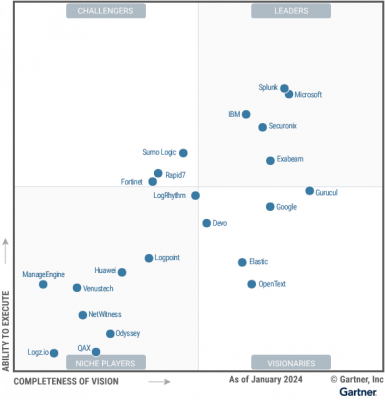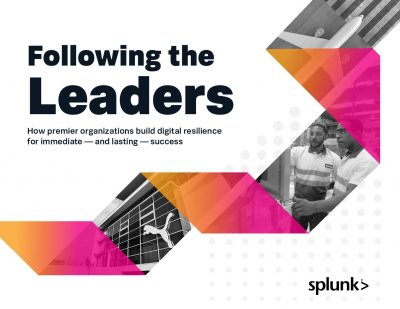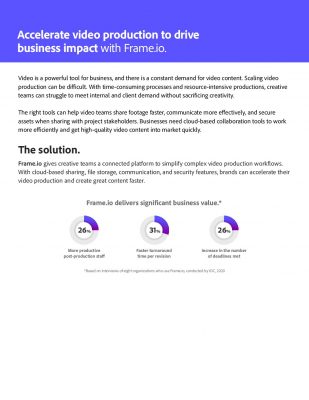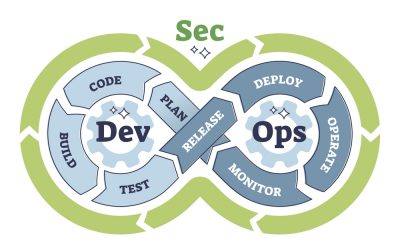Highlights:
- After clarifying your marketing objectives, the next step is to systematically gather customer data from various sources such as purchases, website traffic, social media activities, and email campaigns.
- A national specialty retailer enhanced over 80% of its consumer records, connecting transaction data with master data to boost campaign effectiveness, resulting in a 14% increase in response rate.
Business decisions, from product ideation to customer care, depend on customer preferences. To better comprehend these preferences and craft informed choices, businesses rely on customer intelligence (CI) for investment returns. It provides insights into who your customers are and what drives them.
It also uncovers detailed data on how customers interact with you across various touchpoints and how you compare to your competitors. It involves collecting and analyzing customer data to uncover insights into their behavior, choices, and sentiments.
How can Businesses Start with Customer Intelligence Analytics Rewarding with ROI?
Embarking on the journey of CI begins with a strategic approach to gathering and analyzing data that illuminates the intricacies of consumer behavior and assessment.
-
Clearly specify your customer intelligence objectives
What do you aim to learn? Are there specific questions you’re trying to answer? Defining your objectives helps you stay focused and ensures the data and insights you gather are relevant and meaningful.
-
Gather customer data from multiple sources
After clarifying your marketing objectives, the next step is to systematically gather customer data from various sources such as purchases, website traffic, social media activities, and email campaigns. This approach of customer relationship intelligence will provide valuable insights into customer behaviors and patterns.
-
Integrate data into a single frame
Before integrating your data, decide what type of data you want to capture, ranging from traditional demographics like age, gender, and location to more advanced data such as product preferences and purchase history. Once you’ve identified the necessary data, start integrating it into a single view.
-
Evaluate customer data to gain insights
Analyzing your customer data involves identifying patterns, correlations, trends, and deviations that reveal why customers behave as they do. For instance, examine how frequently customers make purchases when they shop or which products they tend to buy together.
-
Act on customer intelligence
The profit-rendering customer intelligence solutions offer insights from your data to create concrete business objectives. Develop tailored experiences and strategies for different customer segments based on their interaction and behaviors and monitor changes over time to best meet their needs and expectations.
Successful CI implementation in the business thrives on various types of CI data, which are used to develop targeted strategies and personalized experiences that enhance customer satisfaction and loyalty.
Types of Customer Intelligence Data
In the realm of CI, various types of data serve as the building blocks for understanding consumer behavior, thereby empowering businesses to tailor their strategies effectively.
-
Behavioral data
Behavioral data captures customer actions and interactions across various channels, including website visits, clicks, page time, email engagement, and social media interactions. This data helps sales and customer success teams craft personalized and targeted marketing messages.
-
Transactional data
This data is derived from customer transactions, revealing the products they bought, how much they spent, and their purchase frequency. It provides insights into buying behaviors and patterns, helping brands identify opportunities for cross-selling and upselling. This data type helps in fetching optimal business returns with customer market intelligence.
-
Demographic data
Demographic data relates to customers’ basic characteristics, such as age, gender, income, education level, occupation, and geographic location. By evaluating the customer base structure, you can categorize and segment these customers into multiple groups based on similar characteristics. The idea behind all this is to effectively target specific customer segments.
-
Psychographic data
This data concentrates on grasping customers’ psychological and lifestyle traits, akin to delving into their minds to unveil their hidden desires and quirks. It encompasses information about customers’ values, attitudes, beliefs, interests, hobbies, and motivations.
Understanding CI data types has enabled a lot of B2B giants worldwide to tailor recommendations and spur customer experiences.
Customer Sales Intelligence Real-world Enterprise Examples
The seamless integration of customer intelligence into real-world business strategies has become paramount for companies striving to stay ahead of the curve and forge meaningful connections with their clientele. The following enterprises have set an example of the subtle CI integration.
- A national specialty retailer enhanced over 80% of its consumer records, connecting transaction data with master data to boost campaign effectiveness, resulting in a 14% increase in response rate.
- A national insurance company enhanced prospect identification by 45% by creating a unified customer view to pinpoint qualified prospects for tailored offers from a pool of over 120 million members. This exemplifies the adequate utilization of revenue incurring customer intelligence tools.
- To boost customer experience and conversion rates, a national financial services firm seamlessly integrated data across various capture, analytics, and targeting tools. This allowed them to personalize targeting for 97% of known customers, resulting in a 25% ROI.
- The provider of customer intelligence platforms for sales and marketing analyzed 13.5 million sales and service survey responses to help a global automaker understand customer behavior patterns. The practice gradually boosted its cross-selling and upselling opportunities.
Closure
Customer intelligence services for cost optimization can smoothly drive business success in today’s competitive marketplace. By understanding your audience on a deeper level and tailoring your strategies accordingly, you can build stronger customer relationships, drive revenue growth, and gain a competitive edge.
Discover our vast array of carefully curated whitepapers dedicated to digital marketing. These knowledge hubs are crafted to enhance your expertise with thorough analysis and comprehensive assessment.












































































